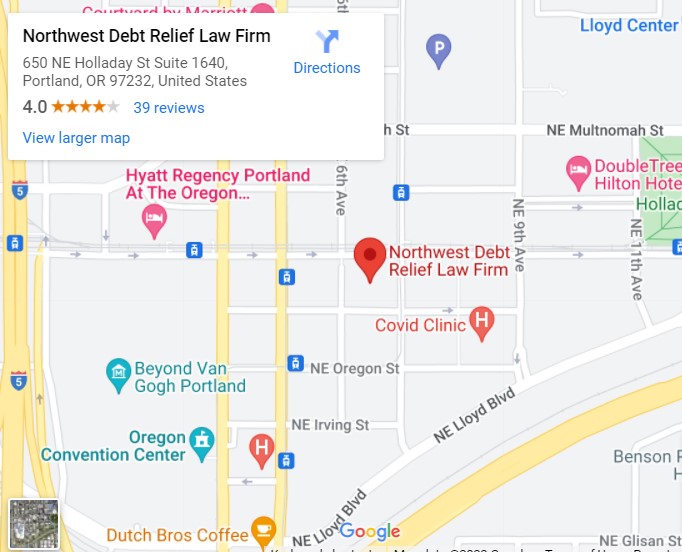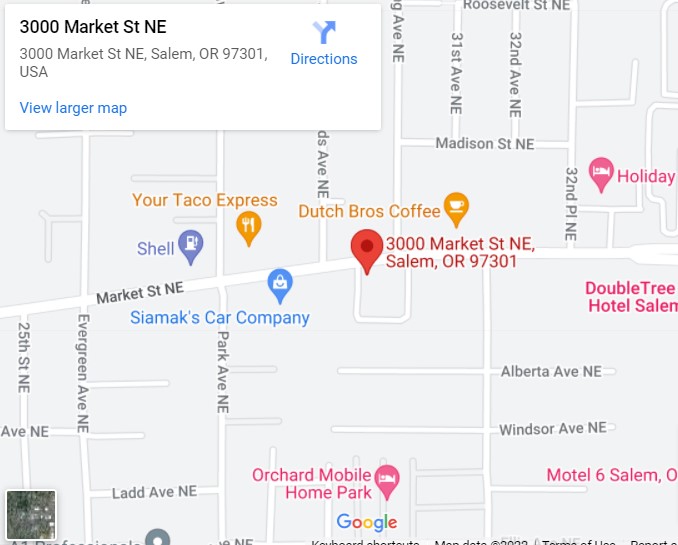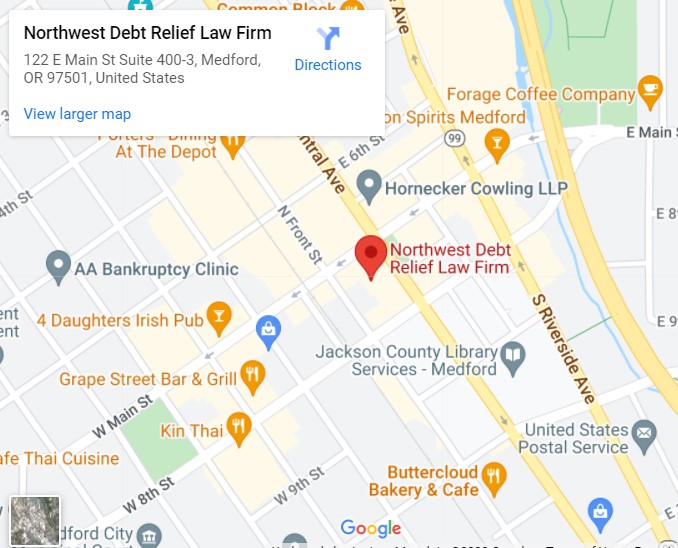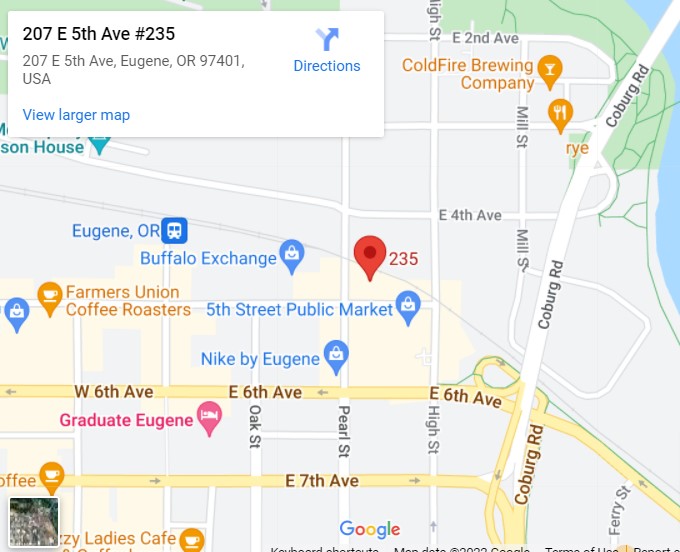Having an overwhelming amount of debt is extremely stressful and managing it alone is not easy. Before you consider filing bankruptcy, it is important to understand basic bankruptcy laws, how to file, and how the bankruptcy process works. You should seek help from our Washington & Oregon bankruptcy attorneys to assist you throughout the entire bankruptcy proceeding.
Bankruptcy is a legal proceeding that enables debtors to repay their debts. Filing bankruptcy gives you options on how to pay your debts to your creditors. There are different types of bankruptcy that you may choose from and your eligibility to file bankruptcy will be based on your monthly income, living expenses, and the types of debts that you owe. You should also pass the bankruptcy means test for you to be qualified to file for bankruptcy.
If you are considering bankruptcy, you should know the types of debt that are dischargeable such as unsecured debts, including credit card bills and medical bills. In contrast, non-dischargeable debts include secured debt, child support, alimony, tax debt, and student loan debt.
Also, you must decide on what bankruptcy option would be best for you. If you want to keep your properties while paying your debt, Chapter 13 bankruptcy could be the best option for you.
Filing for bankruptcy Chapter 13 or reorganization bankruptcy restructures the debt by enabling you to pay back creditors (in part or in full) over three to five years. The repayment plan is overseen by a bankruptcy trustee assigned by the bankruptcy court.
The responsibilities of a trustee in bankruptcy include the following:
-
Evaluating the bankruptcy petition as well as the proposed payment plan
The proposed debt repayment plan lays out how you will be making payments to pay back your debts. It is the bankruptcy trustee’s responsibility to ensure that the repayment plan is fair and equitable to the creditors.
The trustee begins by evaluating the official bankruptcy forms at the start of the bankruptcy case and checking the details by comparing the statistics given on the official bankruptcy forms to the documentation that you will provide (right after the bankruptcy filing).
Your wages, monthly expenditures, assets, and debts are all listed on the bankruptcy petition. To validate an individual’s financial records, the bankruptcy trustee can use your tax returns, paycheck, bank statements, and other things you will be asked to provide for your bankruptcy case.
-
Organizing the meeting of creditors
 A debtor will be required to attend a creditors’ meeting which is overseen by the trustee around a month after you declare bankruptcy. Debtors will be questioned under oath regarding the facts on their submitted bankruptcy paperwork, schedule, and other related documentation.
A debtor will be required to attend a creditors’ meeting which is overseen by the trustee around a month after you declare bankruptcy. Debtors will be questioned under oath regarding the facts on their submitted bankruptcy paperwork, schedule, and other related documentation.
You should expect to be questioned about your wages, properties, and any other important details about your bankruptcy petition. The creditors may ask questions as well.
If, for instance, further paperwork is needed, the trustee may postpone the creditors’ meeting to a later date. Otherwise, he or she would call the meeting to a close.
-
Take part in the confirmation hearing
If a creditor or the trustee finds a flaw in your proposed debt repayment plan, they may object to its approval. You will have a limited amount of time to resolve the problem or draft a response to their opposition to the proposal. The bankruptcy trustee will be the one to testify at the hearing and inform the judge whether the proposal is realistic and has met all the requirements. The judge will make the final decision whether to validate or deny the proposal.
-
Managing the debt repayment plan in bankruptcy filings
You should start making monthly payments to the trustee (following your payment plan) within thirty days of filing bankruptcy under Chapter 13. The repayment plan stays proposed until the bankruptcy court approves it and the bankruptcy trustee keeps the funds to be distributed to the creditors. Once the court approves the proposed repayment plan, the trustee will start distributing the funds to the creditors in compliance with the terms of the agreement.
The reorganization plan takes up to 3 to 5 years to complete. Until you complete the payment plan, the bankruptcy trustee will continue to receive your payments and distribute them to your creditors. The trustee must assess every proof of claim from creditors and keep track of all the funds collected and how much has been charged to every creditor.
-
Objecting to inappropriate creditor claims
Within 70 days of the date of filing, lenders who wish to collect Chapter 13 funds should file a proof of claim with the court. The sum owed to the creditor is stated in the proof of claim, which often contains documents in the form of a contract.
Creditor claims are checked by the bankruptcy trustee, who may object to any claims that are wrongly filed or lack adequate paperwork. Other parties may also raise objections if there are any improper claims.
If you are struggling with debt and financial problems, consulting a trusted bankruptcy attorney is important, especially before you file for bankruptcy. Washington & Oregon bankruptcy attorneys are credible and experienced in handling bankruptcy cases. With their assistance, you may be able to prevent any legal issues during the bankruptcy process. By filing for bankruptcy, you will be allowed to rebuild your financial future.
Have a fresh start with your finances. Call our Washington & Oregon bankruptcy attorneys at Northwest Debt Relief Law Firm for a free consultation.








